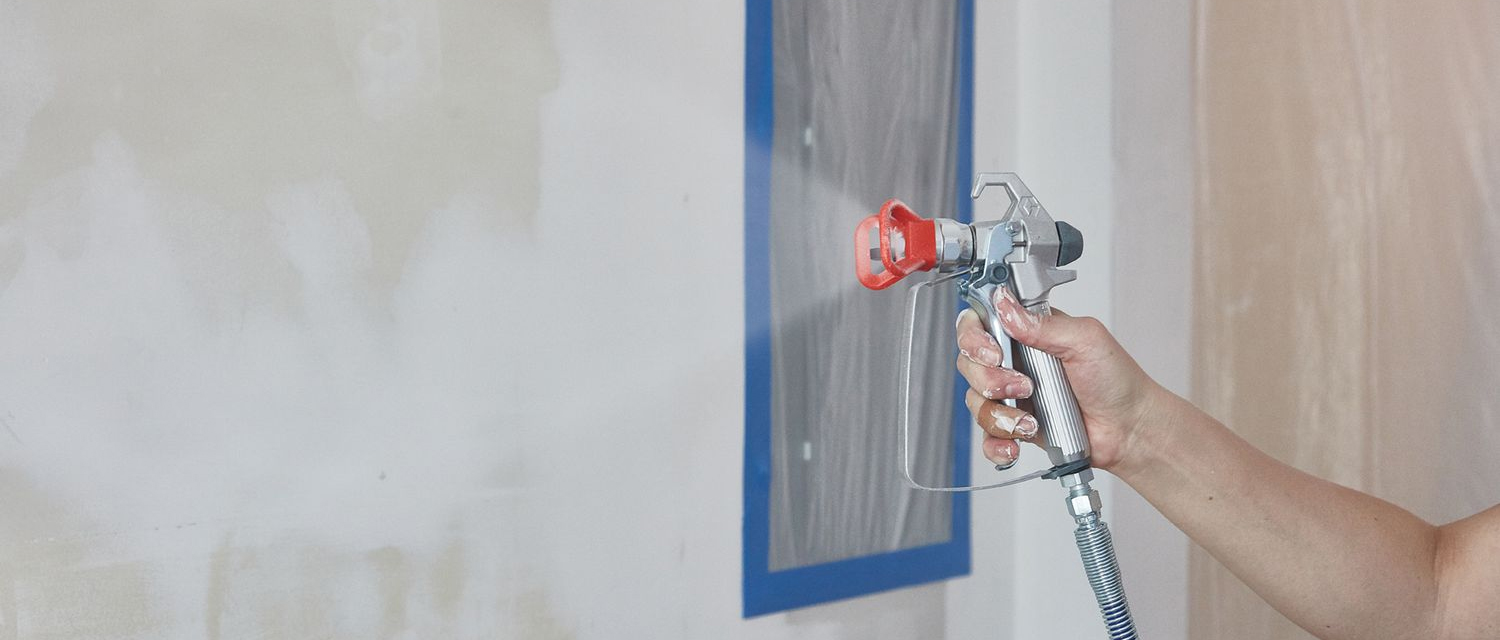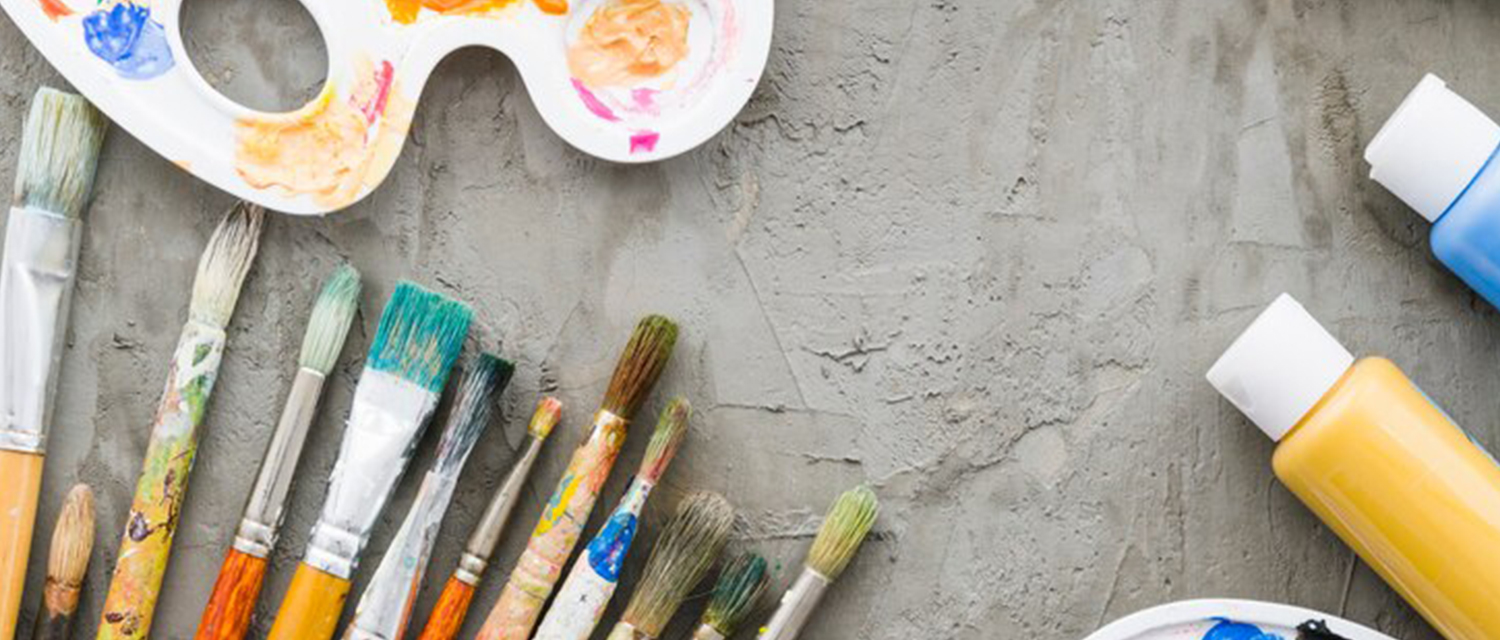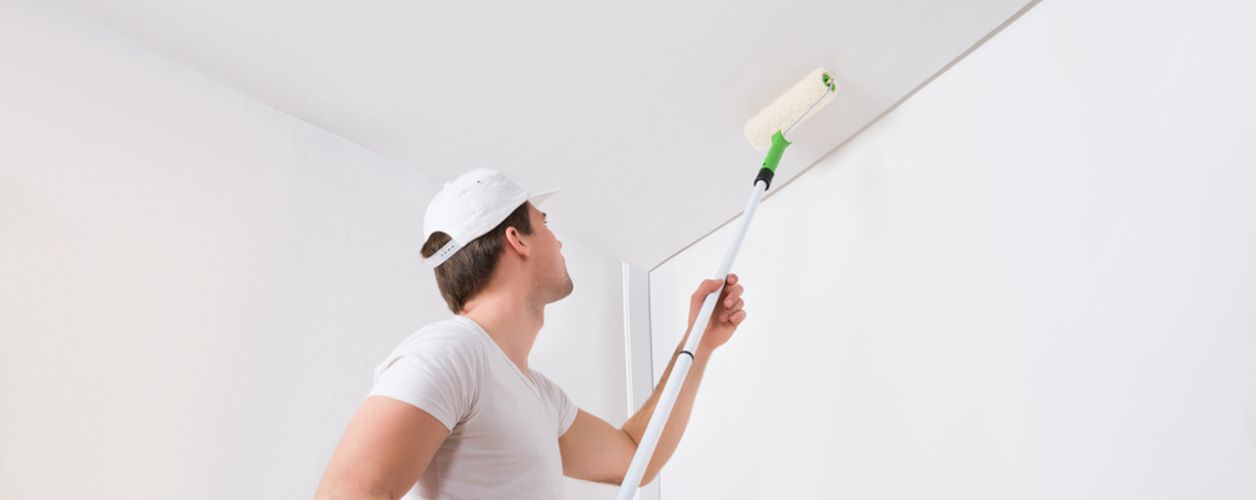Get free quotes within minutes
How to Spray Paint Walls Like A Pro? - A Beginner’s Guide
Learn how to spray paint walls like a pro with this beginner's guide. From choosing spray painting to handling ceilings, prepping surfaces, and mastering techniques, this blog covers everything you need for flawless interior and exterior walls.

Table Of Content
- Introduction
- Why Choose Spray Painting?
- How To Prioritise Safety For A Wall Spray Painting?
- What To Practice Before You Begin Wall Spray Painting?
- How To Set the Paint Sprayer?
- Tips for Effective Spraying
- How To Prepare Your Walls For Spray Painting?
- How To Spray Paint Walls?
- Special Tips for Different Surfaces
- Conclusion
Spray painting has revolutionized the way we approach painting projects, offering a combination of speed, efficiency, and a flawless finish. Whether you're refreshing the look of your home, revamping furniture, or tackling large-scale commercial projects, spray painting delivers consistent, professional results with ease.
Spray-painting walls can give your space an instant makeover with a very professional touch. Doing this should be easier and faster when using an airless paint sprayer as compared to rollers and brushes. This technique, beloved by DIY enthusiasts and professional painters alike, involves using a spray gun to apply a fine mist of paint, ensuring even coverage and a smooth surface.
In this blog, we’ll explore the benefits, techniques, and best practices of spray painting, guiding you through the process to achieve stunning transformations with minimal effort.
Why Choose Spray Painting?
Handling High Ceilings
While working with ceilings that are above 15 feet, it becomes quite cumbersome to use the roller. The process of applying paint on high areas is a bit tedious since it is difficult to spread it evenly without making a mess of it. A paint sprayer, alternatively, allows you to paint from a ladder and follow paint via retaining the nozzle that could attain the ceiling without necessitating a complex device of scaffolding.
Efficient Coverage for Large Areas
Spray painting is best suited for large, open spaces or multiple rooms that have already been painted in the same colour. It takes a shorter time to cover large areas compared to rolling or brushing. This efficiency proves most beneficial when it comes to big jobs such as painting an entire house or big rooms.
Investment for Future Projects
For repeated or future painting requirements for example interior and exterior painting, it is affordable to buy a sprayer. This is especially beneficial for individuals who own big houses or those who intend on doing multiple painting jobs. But if you only have one job, it would be cheaper to just rent a sprayer instead of buying one.
How To Prioritise Safety For A Wall Spray Painting?
- Protective Gear: Make sure you are wearing gloves, a respirator, a spray sock (hood), a cap, long sleeves, and safety glasses or goggles. This gear helps to safeguard you from paint vapours, aerosols, and direct skin exposure.
- Ventilation: Make certain the environment is nicely ventilated. Ensure there is right ventilation by starting the home windows and the use of fanatics to blow the paint fumes away to minimize the chances of breathing in them.
- Electrical Safety: Ensure that the energy supply to the room that requires repainting is switched off. Use tape to cover electrical outlets and switches also and unscrew or remove all cover plates and vent covers.
What To Practice Before You Begin Wall Spray Painting?
Before diving into your main project, practice with the sprayer to get comfortable with the equipment:
- Select a Practice Surface: It is better to use a flat and large object such as a piece of plywood or an old garage door.
- Use Water for Practice: Pour water into the sprayer for realistic painting practice to be made. Practice with the sprayer by performing the initial operations mentioned in the manual of the equipment.
- Test the Spray Pattern: Spraying water on the practice surface: Try to set comfortable pressure levels so that you get the right pattern on the surface. This step provides instructions on the use of the sprayer and how to get the best out of it.
How To Set the Paint Sprayer?
- Pressure Control: Turn the pressure control knob so that the sprayer is adjusted to the correct setting. Begin at a low pressure and work up to the correct amount of pressure to achieve a uniform spray pattern. The correct pressure will avoid the formation of paint runs and guarantee an even spread of paint.
- Test Before Painting: Test the spray pattern on a piece of cardboard or scrap material. In most cases, you have to tweak the pressure to achieve a dense spray pattern without any breaks or thick concentrations on the surface.
Tips for Effective Spraying
- Maintain a Consistent Distance: It is best to position the sprayer around 12 inches away from the surface to be treated. Ensure that the sprayer is always at a right angle with the wall to ensure equal distribution of the chemicals. Slide your arm gently while maintaining a steady aim towards the surface with the gun.
- Work Within Reach: Do not spray beyond the distance that you can easily cover without straining your arm. Never twist or position the gun unnaturally to have sporadic coverage on the walls.
- Proper Trigger Use: Start sliding the gun before firing it and keep moving even after firing. This technique is useful in avoiding the formation of large globules of paint at the beginning and the end of the intended stroke.
How To Prepare Your Walls For Spray Painting?
Interior Walls
- Cleaning and Smoothening: Make sure the walls are washed and have a plain surface. You can use a spackling compound for patching the holes or cracks and sand the patched-up area once it has dried. This preparation enables the paint to stick well to the surface and also deters the formation of blemishes.
- Protect Surroundings: Protect the furniture in the room by rearranging it or placing a cover over it. Apply masking tape and protective paper around the doors, windows, and trim areas. It is necessary to switch off the electric supply of the room, isolate all the plugs and sockets with the help of tape and cover all the control switches.
Exterior Walls
- Thorough Cleaning: Clean the outside partitions so that there can be no particles of dirt, dirt, grease, and other stains. It is less complicated to use a stress washer than to apply the hose and rub the surface. Begin from a distance to prevent scratching up the surface and then get closer to clean the hard-to-remove deposits.
- Dry the Surface: Ensure that the walls are completely dry before applying the paint. Water can interfere with the paint bonding process and produce varied outcomes.
How To Spray Paint Walls?
Equipment Setup
- Select the Right Spray Tip: It is critical to pick a twig tip that is like-minded with the paint you are using and the substrate. Make certain that the size of the top is appropriate for the capacity of the sprayer to save you from clogging or poor spray styles.
- Mix Paint Thoroughly: Pour the paint from one can into another to mix it to have a consistent colour. Stir well to ensure the mixture is uniform.
Painting Technique
- Start at the Top: It is also important to paint at the top of the wall and work downwards. This method helps to avoid drips that fall on the parts that have already been painted.
- Edge First: Protect the enclosure by spraying the edges of the wall first. For corners, position the spray tip towards the corner to spray the area on the corner and the adjacent wall.
- Overlap Strokes: Try to have between 40% and 60% of the strokes in each drawn line overlapping. This also makes for even distribution and assists in feathering over from one pass to another.
- Work in Sections: Divide the wall into sectors that are workable. Based on the unique tasks assigned to each section, implement control and order. Do not pause in the middle of a section and try to walk smoothly to avoid making distinct lines.
Clean-Up
- Allow Paint to Dry: It is advisable to wait for the paint to dry before undoing the masking tape. This also helps get clear and clean lines that do not smear and blend with the colours used.
- Remove Coverings: Remove shielding coverings from furniture and different items with caution.
- Clean the Sprayer: Clean your sprayer in line with the producer’s tips for correct cleaning. For water-based total paints, one has to use the Power Flush method or bucket technique to cast off all the paint deposits.
Special Tips for Different Surfaces
Interior Walls and Ceilings
- Practice Techniques: It is good to do several trials on a piece of scrap to familiarize yourself with the spray techniques. For the best results, ensure that you keep a constant speed and distance from the target.
- Handling Corners: When painting corners, you should angle the sprayer to ensure that the area to be painted is covered adequately. Thus, it is vital to maintain the same distance and speed so that all the areas are covered evenly.
Exterior Walls
- Use a Ladder Safely: For excessively high areas, it's miles endorsed to apply a ladder or scaffolding when spraying paint. Make sure it remains upright and is positioned in the right manner to reduce the chances of causing an accident. When it comes to multi-tale houses, it's far recommended to seek help from experts in this regard.
- Overlapping Strokes: It is equally really helpful to apply paint with overlapping strokes, just like within the case of inner painting. Begin from the top and gradually progress downwards while keeping a steady rhythm throughout.
Conclusion
Spray painting can give you an instant makeover and a smooth professional appearance of your interiors. Through reading these steps and repeating your technique, you will be equipped to manage your painting jobs effectively and produce top-notch work.













